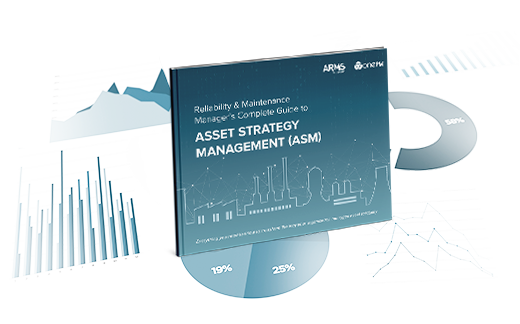Over maintaining, often referred to as “gold plating”, is common in many industries, particularly those which are risk adverse or highly regulated.
Companies within these industries aim to minimize risk by adopting OEM recommendations or erring on the side of caution when setting maintenance plans and intervals.
This generally leads to high costs through excessive planned maintenance that adds little to no value. In addition, some tasks are completed all too regularly, and materials and spares are consumed faster than they need to be.
Surprisingly, many organizations which are clearly gold plating some maintenance plans, are still lacking in performance and experiencing unexpected, low frequency, high impact failures.
So, what’s the best method to stop gold plating, while also reducing the risk of failures?
Some simply try and remove certain maintenance or extend intervals based on gut feel. This is a high-risk method and likely to drive up costs and failures. Even if it works in the first instance through some luck, how do you continue to improve and challenge the maintenance plans?
Reliability Centered Maintenance (RCM) is the most widely accepted approach to designing appropriate maintenance plans. However, many applications of the RCM methodology fall short through limited quantification and cost/risk justification of plans.
Done well, the principles of RCM can be applied, along with appropriate analysis so that each and every task can be justified and optimized based on the known characteristics of the asset. Since decisions are based on data (including well-based assumptions of simple parameters – where there is no hard data available), the decisions can always be improved and evolved over time as more data becomes available or the operating context and environment changes.
Setting the foundation for improvement and evolution is essential to ensuring that investment in maintenance plan reviews is not wasted – and the resulting decisions support overall cost reduction without increasing the risk of failures.
What does a solid foundation look like? Find out by reading about the key elements of an Asset Strategy Management process and how it can improve productivity and reduce costs.


